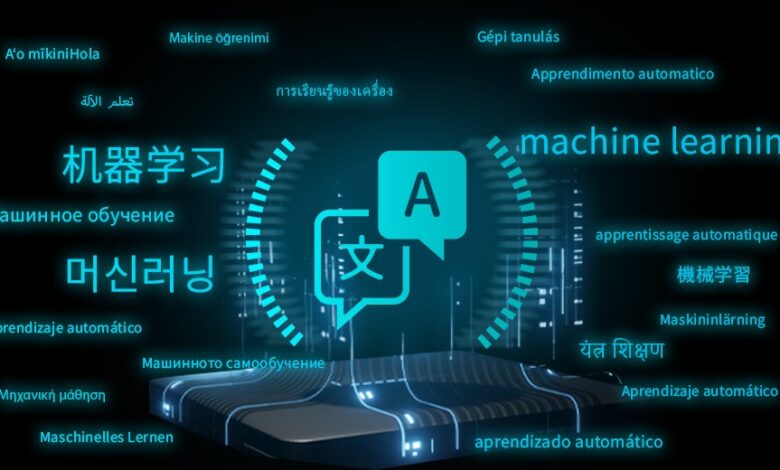Physical Address
4 Elgon Terrace, Kololo, Kampala, Uganda
Physical Address
4 Elgon Terrace, Kololo, Kampala, Uganda

Language inclusion in AI is gaining serious ground in Africa. Multiple projects and startups are developing tools to bring dozens of African languages into AI systems — translating, transcribing, and enabling digital interaction in mother tongues that have long been underserved.
One of the prominent moves is by telecom operator Orange, which announced in August 2025 that it will use OpenAI’s latest models to enhance support for African languages in its services. These efforts include fine-tuning large language models with regional language samples and deploying them locally. The goal is to offer these models for free to local governments and institutions.
Another important dataset is African Next Voices, funded via a US$2.2 million grant from the Gates Foundation. It includes 9,000 hours of speech across 18 languages from Kenya, Nigeria, and South Africa. The data is meant to support speech recognition, translation, and conversational AI in local languages like Hausa, Yoruba, isiZulu, and Kikuyu.
On the research front, projects like AFRIDOC-MT are building new document-level, multi-parallel translation datasets. These cover English and several African languages — such as Amharic, Hausa, Swahili, Yorùbá, and Zulu — with translated health and IT news documents. Findings suggest that fine-tuned models can improve translation quality significantly.
These translation tools are more than tech experiments — they are bridges to inclusion. As AI systems begin to truly understand and output in dozens of African languages, they unlock access to information, education, public services, and cultural expression for millions who were left out.